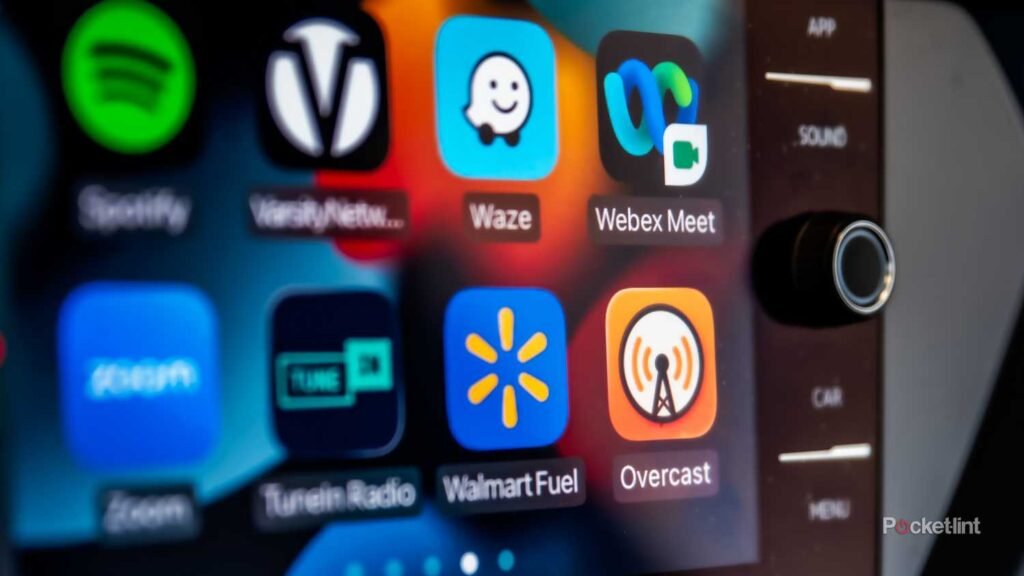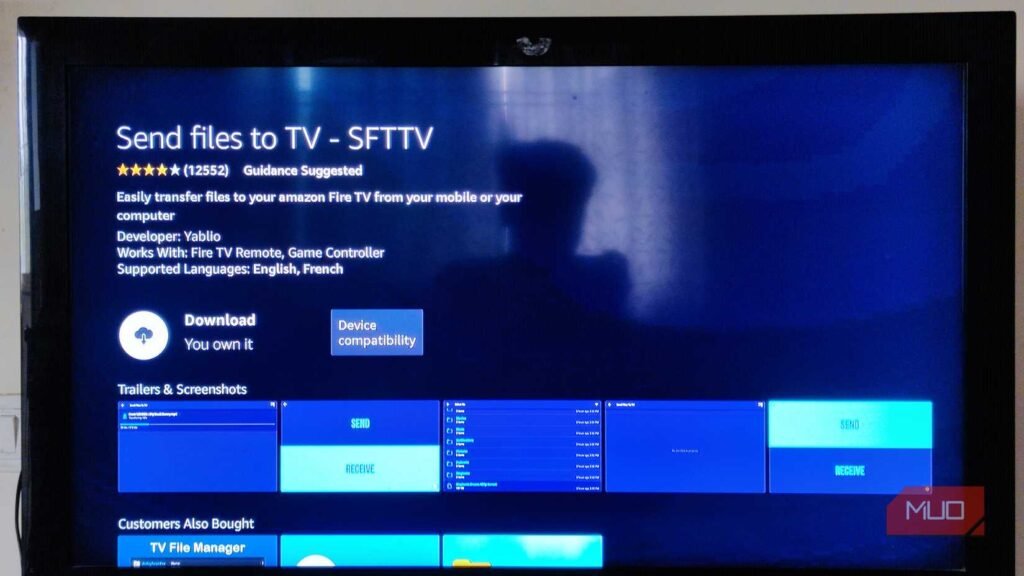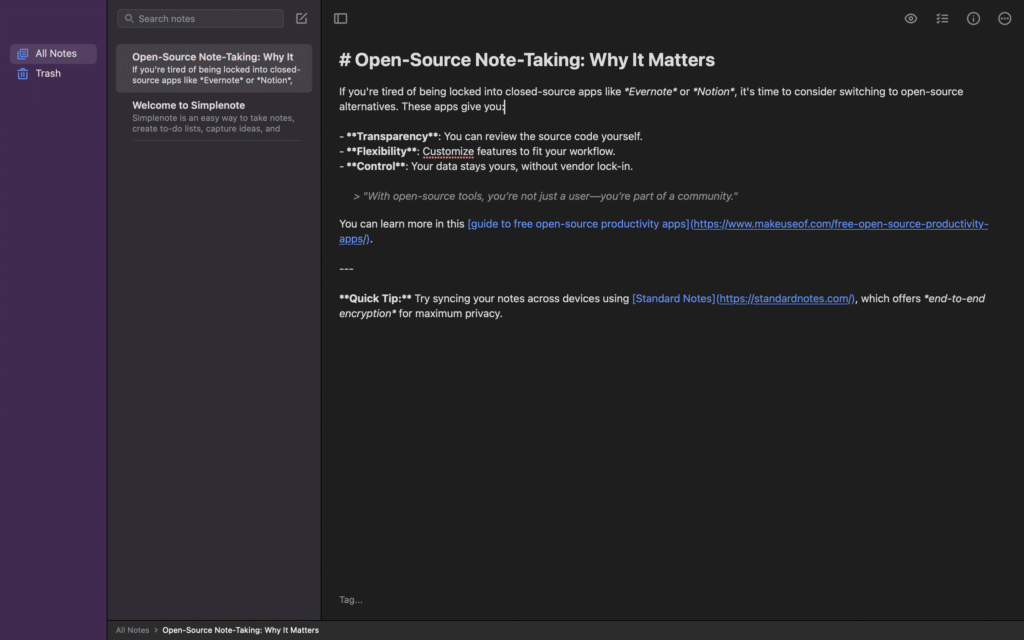Report Overview
The Global Mobile Wallet Market size is expected to be worth around USD 27.9 Billion By 2034, from USD 10.9 billion in 2024, growing at a CAGR of 9.9% during the forecast period from 2025 to 2034. In 2024, North America held a dominan market position, capturing more than a 35.7% share, holding USD 3.8 Billion revenue.
The Mobile Wallet Market refers to digital applications that allow users to store payment information, loyalty cards, tickets, and identification documents securely on mobile devices. These wallets enable transactions through contactless payments, QR codes, peer to peer transfers, and in app purchases. They are widely used in retail, transportation, utilities, hospitality, and financial services.
The market includes wallet providers, payment processors, device OEMs, security and authentication services, and supporting infrastructure (tokenization, APIs, fraud prevention). The Mobile Wallet Market is growing rapidly worldwide, fueled by widespread smartphone usage and easier internet access. Mobile wallets let people pay digitally using their phones, making transactions fast and convenient.
![]()
![]()
Usage is especially high in regions with growing internet penetration and smartphone adoption, with over 7.2 billion smartphones globally, nearly 90% of all mobile devices. This vast user base widens the pool of mobile wallet adopters, turning it into a common payment method for everyday activities. Contactless payments through near-field communication (NFC) and QR codes frequently power these wallets, making tap-to-pay or scan-to-pay the norm.
Top driving factors for the mobile wallet market include smartphone penetration, rising e-commerce demand, and consumer preference for contactless payments. Following the COVID-19 pandemic, many consumers favor digital wallets for safety and hygiene reasons. Governments promoting cashless economies and financial inclusion also accelerate adoption, especially in emerging economies with limited traditional banking.
For instance, upgraded AI-driven threat monitoring systems are now widely integrated, enhancing fraud prevention and data encryption in real time. Public transit payments via mobile wallets increased by 34% year over year, showing wider adoption in daily life. Bill payments through wallets grew by 28%, while loyalty programs tied to wallets increased by 46%, making mobile wallets central to consumer engagement strategies.
Key Insight Summary
- By technology, Remote-based solutions accounted for 65.7%, showing strong consumer preference for mobile payments without the need for physical contact.
- By application, Retail & E-commerce led with 34.4%, reflecting the growing role of mobile wallets in everyday shopping and online transactions.
- Regionally, North America held 35.7% of the market, with the U.S. standing out as the largest contributor, generating around USD 3.29 billion and maintaining a CAGR of 7.5%.
Analysts’ Viewpoint
Demand is strong in retail payments, where consumers prefer quick and secure checkout. Public transportation and ticketing services are also key demand areas. In developing economies, mobile wallets are being adopted as substitutes for traditional banking, especially among unbanked populations. In advanced markets, demand is being shaped by loyalty programs, contactless integration, and seamless online shopping experiences.
Mobile wallets are increasingly integrating biometric authentication for security, near field communication for contactless payments, and QR code technology for merchant acceptance. Artificial intelligence is being used to improve fraud detection and personalize user experiences. Cloud based storage and tokenization are being adopted to strengthen security and compliance.
Interoperability standards are also improving cross platform and cross border usage. Consumers adopt mobile wallets for convenience, speed, and safety compared to cash or cards. Merchants adopt them to reduce transaction times and improve customer satisfaction. Financial institutions use them to expand digital services and maintain competitiveness.
Role of Generative AI
The role of generative AI in mobile wallets has become increasingly important in 2025, transforming how digital payments are secured and personalized. Generative AI is now widely used to analyze vast amounts of transaction data to identify patterns that enhance fraud detection and prevention.
Nearly 75% of generative AI users employ it to automate tasks and improve work communications, which extends to payment operations for efficiency and security. Mobile wallet providers use generative AI to create personalized marketing campaigns by analyzing user behavior and spending habits, enabling more targeted offers and promotions which increase user engagement and satisfaction.
Investment and Businesses benefit
Investment opportunities in the mobile wallet market are strong due to sustained growth in smartphone penetration and digital payments. Areas like app development for user-friendly experiences, integrating biometric security, and wallet interoperability across platforms offer space for growth.
Additionally, opportunities arise in cross-border payments and emerging markets where traditional banking has less reach. Collaborations between fintech firms, banks, and retailers to create unified payment ecosystems can further expand market share and customer base.
Businesses benefit from mobile wallet adoption through improved customer experience, increased sales, and reduced expenses. These wallets enable faster checkouts, which enhance satisfaction and encourage repeat customers. They cut costs related to printing loyalty cards, coupons, and paper receipts while also lowering risks of theft or fraud.
Real-time updates and personalized offers delivered through wallets boost marketing effectiveness. The ease of digital payment processing also allows businesses to handle more transactions with fewer errors and less manual work.
US Market Size
The U.S. Mobile Wallet Market was valued at USD 3.3 Billion in 2024 and is anticipated to reach approximately USD 6.8 Billion by 2034, expanding at a compound annual growth rate (CAGR) of 7.5% during the forecast period from 2025 to 2034.
Consumers are embracing mobile wallets for everyday payments, online subscriptions, and contactless transactions. The country’s shift to digital-first commerce has further embedded mobile wallets into daily financial life, making them an indispensable part of the wider payment ecosystem.
![]()
![]()
In 2024, North America contributed 35.7% of the overall market, supported by early adoption of digital payment technologies and strong payment infrastructure. The region’s consumers are accustomed to seamless digital services, leading to high wallet penetration across both retail and service-based transactions. Financial institutions and merchants have also encouraged wallet usage through reward programs and collaborations that increase customer engagement.
![]()
![]()
By Technology Analysis
In 2024, Remote-based mobile wallets dominated with 65.7% of the market. These wallets have gained popularity because they allow users to make payments without physical contact, often relying on internet-based transactions and cloud authentication. Their convenience is amplified in peer-to-peer transfers, utility payments, and quick checkouts in digital platforms.
The wide acceptance of remote technology is also linked to the rise of app-based wallets offered by financial and technology players. With greater focus on ease of use and integration with banking systems, remote solutions are expanding their role beyond simple transactions to services like bill splitting, loyalty tracking, and micro-lending.
By Application Analysis
In 2024, Retail and e-commerce accounted for 34.4% of the market share. Consumers increasingly prefer digital wallets for online shopping and in-store purchases due to faster checkout times and secure transactions. In retail, mobile wallets help reduce friction at the point of sale while also supporting personalized offers and loyalty integration.
E-commerce businesses benefit from wallet adoption as it boosts customer retention and lowers cart abandonment risks. The growing trust in digital payments has made wallets a first-choice solution for frequent buyers, especially in sectors like apparel, electronics, and household goods where rapid digital transactions strengthen the shopping experience.
![]()
![]()
Emerging Trends
Emerging trends in the mobile wallet space focus largely on increased integration of biometric authentication, such as fingerprint and facial recognition, which saw adoption rates rise to 52% in 2025. QR code payments continue to dominate everyday transactions in Asia, with 88% user penetration, while tokenization for security is adopted by 93% of top mobile wallets globally.
There is also a clear push toward embedding cryptocurrency and blockchain-based features in wallets, reflecting a broader acceptance of digital assets. Additionally, faster networks like 5G have improved real-time payment experiences, and proximity-based applications use ultrasonic technology combined with AI for contactless, intuitive interactions.
Growth Factors
Growth factors driving mobile wallet adoption include increased smartphone penetration worldwide, which has enabled over 4 billion mobile users to access these financial services. The rise of the digital economy, especially gig and freelance work, demands instant, flexible payment options that mobile wallets provide, speeding adoption.
Financial inclusion is a critical growth factor as wallets serve unbanked populations by providing them access to secure and convenient digital payments, supporting economic participation on a large scale. Technologies such as near-field communication and biometric security improvements contribute to higher trust and convenience, sustaining steady growth.
Key Market Segments
By Technology
By Application
- Retail & E-commerce
- Hospitality & Transportation
- Banking
- Vending Machine
- Others
Regional Analysis and Coverage
- North America
- Europe
- Germany
- France
- The UK
- Spain
- Italy
- Russia
- Netherlands
- Rest of Europe
- Asia Pacific
- China
- Japan
- South Korea
- India
- Australia
- Singapore
- Thailand
- Vietnam
- Rest of Latin America
- Latin America
- Brazil
- Mexico
- Rest of Latin America
- Middle East & Africa
- South Africa
- Saudi Arabia
- UAE
- Rest of MEA
Driver Analysis
Increasing Smartphone Penetration
The rise of smartphones worldwide is a key driver for the mobile wallet market. As smartphones become more affordable and widely used, they provide an easy platform for consumers to download and use mobile wallet apps. Mobile wallets enable quick and convenient digital payments directly from these devices, making everyday transactions simpler.
This trend is especially strong as governments and financial institutions encourage the shift towards cashless economies, leveraging the high smartphone usage among consumers. For instance, in the UK, 95% of the population is projected to own smartphones by 2025, driving greater mobile wallet adoption.
Moreover, technological advancements in smartphones such as biometric authentication, NFC, and 5G connectivity enhance user experience and security for mobile wallet transactions. These innovations build consumer trust and encourage frequent use of mobile wallets for payments across retail, e-commerce, and peer-to-peer platforms.
Restraint Analysis
Market Fragmentation and Interoperability Issues
One significant restraint in mobile wallet adoption is market fragmentation caused by numerous competing wallet solutions operating with different technologies and standards. Consumers often face challenges due to the lack of interoperability between various mobile wallets and payment platforms, resulting in the need to maintain multiple wallet apps for different merchants or regions.
This fragmentation creates confusion and inconvenience, limiting seamless payment experiences and slowing overall adoption. Additionally, merchants also struggle with integrating multiple wallet systems, especially in cross-border and international transactions.
For example, inconsistent regulatory requirements and compliance issues across markets further complicate mobile wallet interoperability. These fragmentation challenges act as a barrier for consumers seeking convenient unified payment options and merchants aiming to accept diverse payment methods without friction.
Opportunity Analysis
Financial Inclusion for the Unbanked
Mobile wallets present a significant opportunity to promote financial inclusion, especially in developing regions where traditional banking infrastructure is limited. Mobile wallets can serve as an accessible alternative financial service, allowing unbanked populations to participate in digital payments and the broader digital economy without needing a bank account.
With over 4 billion mobile phone users globally, there is vast potential to expand digital payment usage to underserved communities. For example, mobile wallets can provide secure cash alternatives, helping reduce dependence on physical currency and enabling digital transactions through smartphones.
Government initiatives to promote cashless payments and digital financial services in many emerging markets also support this opportunity for mobile wallets. Expanding financial inclusion through mobile wallets can unlock new market segments and increase economic participation for millions of people worldwide.
Challenge Analysis
Data Privacy and Security Concerns
Despite growth potential, mobile wallets face growing challenges around data privacy and security, which can limit consumer trust and adoption. Many consumers cite concerns about how their personal payment information is handled and protected by mobile wallet providers. As wallet apps collect sensitive data, any perceived or real security breaches can lead to loss of confidence and reluctance to use mobile wallets for transactions.
Furthermore, regulatory expectations around data protection continue to evolve, requiring wallet providers to invest heavily in robust security frameworks, such as encryption and biometric authentication. Compliance with diverse regional regulations adds complexity for providers operating globally. Addressing these privacy and security challenges is essential for mobile wallets to maintain user trust and sustain long-term growth in the digital payment ecosystem.
Competitive Analysis
In the mobile wallet market, Apple (Apple Pay), Google (Google Pay), Samsung (Samsung Pay), and PayPal are dominant players. Their platforms benefit from strong brand loyalty, large user bases, and seamless integration with smartphones and apps.
Financial institutions including Visa, Mastercard, and American Express strengthen the market with secure payment networks and partnerships with digital wallet providers. Their role is critical in enabling interoperability and ensuring transaction reliability across online and offline channels. By combining global reach with compliance expertise, they support widespread acceptance of mobile payments.
Other contributors such as Alipay, Airtel, AT&T, and Amazon Web Services add diversity to the ecosystem. Alipay is a leading player in Asia, particularly China, with massive transaction volumes. Airtel and AT&T leverage telecom networks to expand mobile money services in emerging markets. AWS provides the infrastructure backbone for many digital wallet platforms.
Top Key Players in the Market
- Amazon Web Services, Inc.
- Visa Inc.
- American Express
- PayPal Holdings Inc.
- Apple Inc.
- Google Inc.
- Airtel
- Mastercard
- Alipay
- Samsung
- AT&T
- Others
Recent Developments
- January 2025: Airtel Payments Bank crossed the significant milestone of one billion transactions, reflecting a 47% year-over-year rise in transaction volume. This surge signals expanding digital banking adoption in India, supported by initiatives like their ‘Safe Second Account’ for enhanced payment verification and issuing over 2 million RuPay National Common Mobility Cards.
- June 2025: American Express announced it would discontinue its proprietary mobile wallet platform, Amex Pay, effective July 31, 2025. This move ends support for its QR code and NFC payments, largely affecting transactions at smaller merchants. Customers will need to seek alternative digital payment options following the shutdown, while existing card rewards continue on other Amex channels.
- August 2024: Visa unveiled a suite of innovative payment products and solutions at the Global Fintech Fest 2024 aimed at boosting digital payment adoption in India. This included a compact all-in-one POS device integrating QR code scanning and soundbox technology for merchants, elevating local payment experiences and security.
- November 2024: Mastercard launched “Mastercard Pay Local,” a global service enabling consumers to pay merchants using local digital wallets linked to their Mastercard credit or debit cards, without needing prepaid accounts. The initiative targets growing digital wallet markets in Asia Pacific, Latin America, and emerging regions, benefiting both consumers and MSMEs with seamless cross-border payment acceptance.





